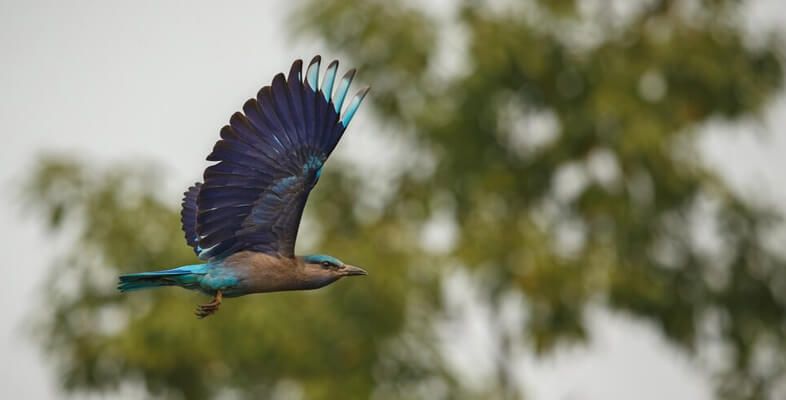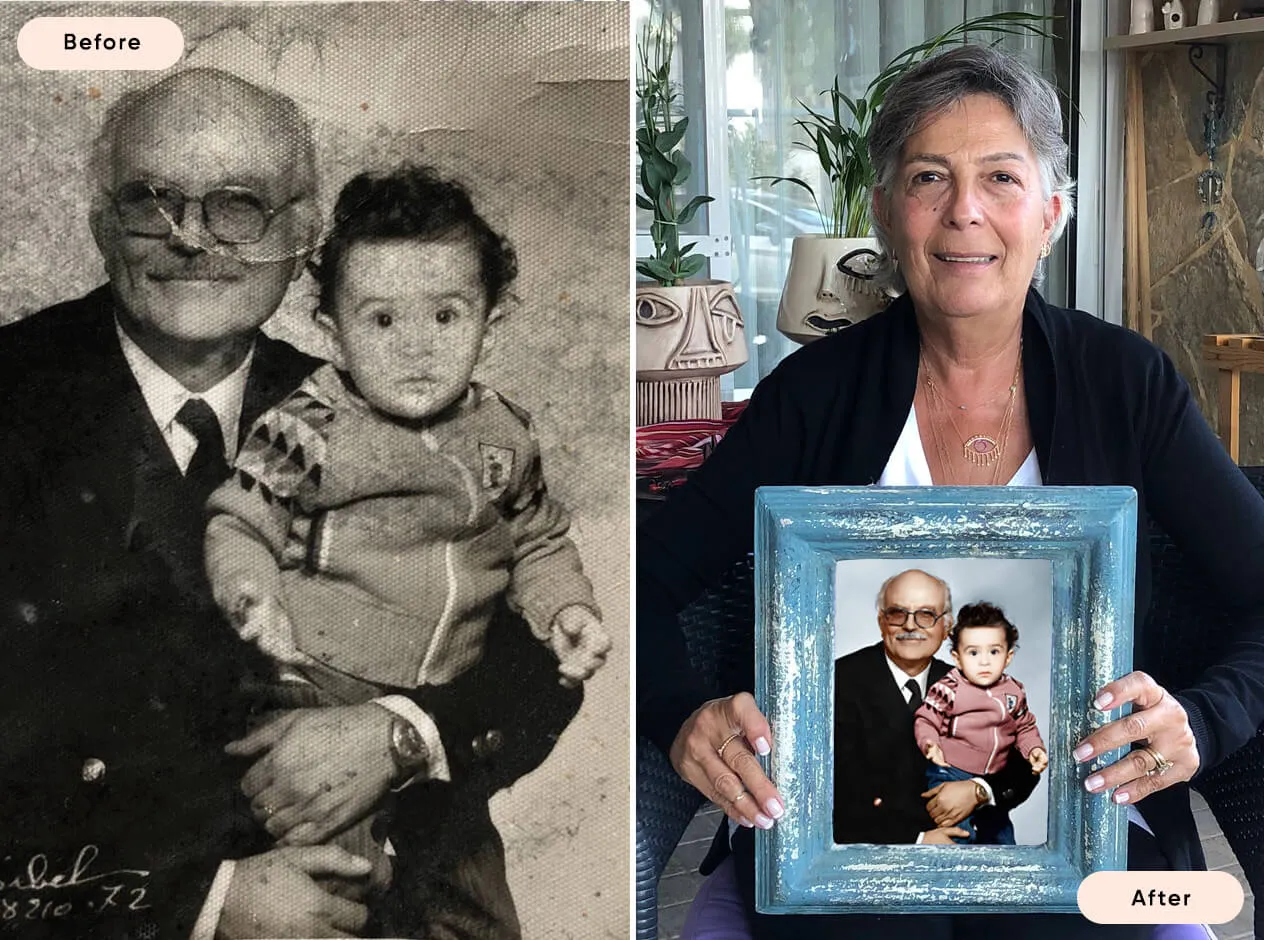What Is a Camera’s Buffer and How Can You Maximize It?
Understanding your camera’s buffer is crucial for capturing high-speed action shots and ensuring you never miss a critical moment. The buffer plays a significant role in managing the flow of data between the camera’s sensor and the memory card. This guide will explain what a camera buffer is, how it works, and provide tips on how to maximize its use for optimal performance.
What is the Camera Buffer?
The camera buffer is a temporary storage area within your camera that holds image data before it’s written to the memory card. When you take a photo, the image sensor captures the data and sends it to the buffer, allowing the camera to process the next shot while the current one is being written to the memory card. This process is essential for continuous shooting modes, where multiple images are captured in rapid succession.
Key Functions:
Temporary Storage: Holds image data temporarily, allowing for faster processing and continuous shooting.
Data Management: Manages the flow of data from the sensor to the memory card, ensuring smooth operation.

Memory Card and Image Buffers
Both the camera buffer and memory card work together to manage image data. The speed of your memory card can significantly impact how quickly the buffer clears, which in turn affects your camera’s ability to shoot continuously.
Memory Card Speed:
Write Speed: The speed at which data is written to the card. Higher write speeds allow the buffer to clear faster, improving continuous shooting performance.
Read Speed: The speed at which data is read from the card. This is important for transferring files to your computer but doesn’t affect the buffer directly.
Choosing a high-speed memory card can help maximize your camera’s buffer performance, reducing the time it takes to clear the buffer and allowing for more continuous shots.
How to Use the Image Buffer
Using the image buffer effectively involves understanding its capacity and managing your shooting style to avoid filling it up too quickly.
Buffer Capacity:
RAW vs. JPEG: Shooting in RAW format uses more buffer space than JPEG due to the larger file sizes. If you need to maximize buffer capacity, consider shooting in JPEG or using a lower resolution setting.
Burst Mode: Continuous or burst shooting mode relies heavily on the buffer. Understanding your camera’s buffer capacity in burst mode is essential for planning your shots.

How to Get the Most from Your Camera Buffer
Maximizing your camera buffer involves optimizing your camera settings and shooting practices to ensure you don’t run out of buffer space at crucial moments.
Optimize Camera Settings:
Lower Resolution: Reducing the resolution of your images can increase the number of shots your buffer can handle.
Choose JPEG Format: JPEG files are smaller than RAW files, allowing the buffer to accommodate more images.
Use Fast Memory Cards: Invest in high-speed memory cards with fast write speeds to ensure the buffer clears quickly.
Shooting Techniques:
Short Bursts: Instead of holding down the shutter for extended periods, use short bursts to capture the action. This helps manage buffer space more effectively.
Plan Your Shots: Anticipate the action and time your shots to avoid unnecessary continuous shooting, which can quickly fill the buffer.
High-Speed Shooting Tips
High-speed shooting requires careful management of the buffer to ensure you don’t miss critical moments. Here are some tips to help you get the most out of your high-speed shooting sessions.
Pre-Focus and Pre-Compose:
Pre-Focus: Focus on the area where the action is expected to occur. This reduces the time needed to focus and allows you to capture shots more quickly.
Pre-Compose: Compose your shot before the action happens, ensuring you’re ready to shoot without making adjustments mid-action.
Burst Shooting:
Use Short Bursts: Instead of continuous long bursts, use short bursts to capture key moments. This helps manage buffer capacity and ensures you have enough buffer space for critical shots.
Anticipate the Action: Anticipate where the action will occur and start shooting just before it happens. This ensures you capture the entire sequence without filling the buffer prematurely.
Pre-Capture and the Buffer
Some advanced cameras feature pre-capture technology, which starts recording images before you fully press the shutter button. This technology utilizes the buffer to capture moments that would otherwise be missed.
How Pre-Capture Works:
Continuous Buffering: The camera continuously buffers images as you half-press the shutter button. When you fully press the shutter, the camera saves the buffered images along with the new shots.
Capture the Unseen: Pre-capture allows you to capture moments that happen just before you press the shutter, ensuring you don’t miss any critical action.
Is Using a Massive Buffer Cheating?
There’s a debate among photographers about whether using a camera with a large buffer is a form of “cheating.” While some purists argue that it diminishes the skill involved in timing shots, others see it as a valuable tool for ensuring no moment is missed.
Pros of Using a Large Buffer:
Capture Every Moment: A large buffer allows you to capture more images in quick succession, ensuring you don’t miss important moments.
Increased Flexibility: It provides more flexibility in fast-paced environments, such as sports or wildlife photography, where timing is crucial.
Cons of Using a Large Buffer:
Dependence on Technology: Relying heavily on a large buffer may reduce the emphasis on timing and anticipation skills.
Over-Shooting: A large buffer can encourage over-shooting, leading to more time spent sorting through images during post-processing.

Conclusion
Understanding and maximizing your camera’s buffer is essential for capturing high-speed action and ensuring you never miss a critical moment. By optimizing your camera settings, using high-speed memory cards, and employing effective shooting techniques, you can make the most of your camera’s buffer capacity. Whether you’re a professional photographer or an enthusiast, mastering the use of your camera buffer will enhance your ability to capture stunning images, even in the most dynamic situations.

Or Get YourMoney Back
back your money in the rare case you are not satisfied with the quality of your
damage-free pictures. Only $38 for most image restorations regardless of damage

All rights reserved.